Experience the days of old in Tomonoura by the sea
Tomonoura is a historical port town that prospered a few centuries ago. The charming and laid-back town has retained much of its historical port features and yesteryear charm, creating a unique ambience. What is more, Tomonoura has inspired and impressed many with its beautiful scenery, and has been featured in major movies like Ponyo on the Sea and The Wolverine, an acknowledgement worthy of one of Japan's oldest port towns.
I spent two days in Tomonoura and stayed in a renovated historical merchant house. During my time there, I visited the port area, strolled through the town, visited a few temples and shrines, and ate like a queen. There seemed to be some magic in Tomonoura as I felt time slow down when I was there. It is without a doubt that visitors will not be disappointed spending time in the scenic, picturesque port town of Tomonoura.
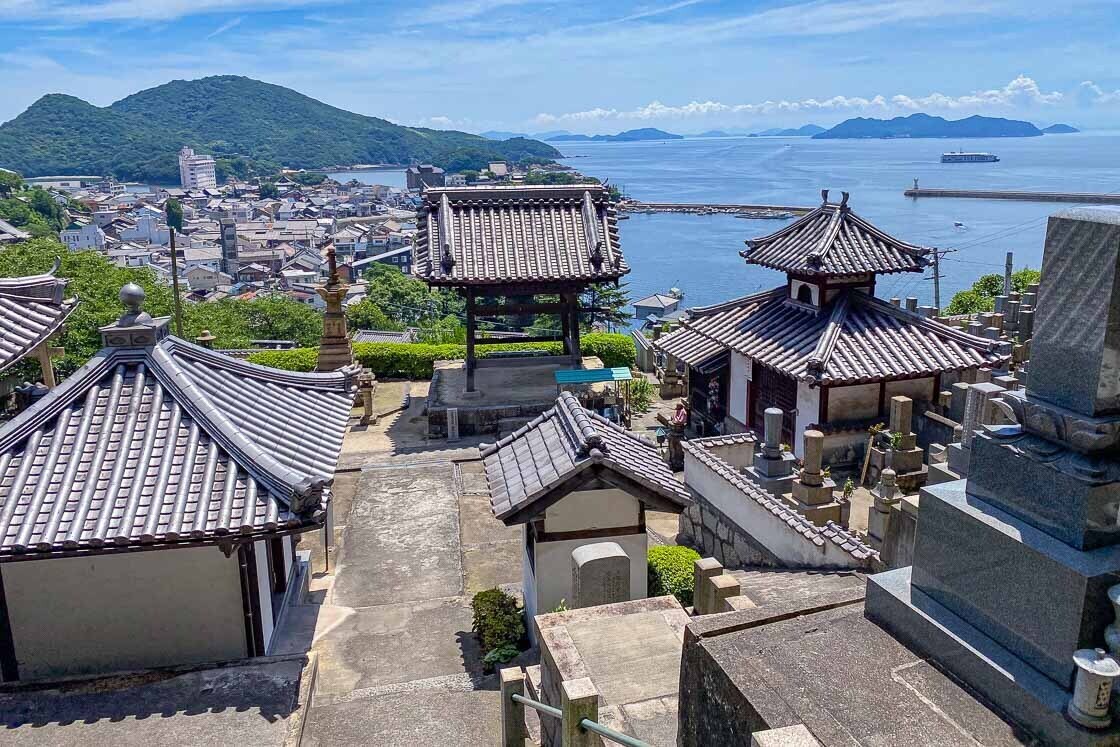
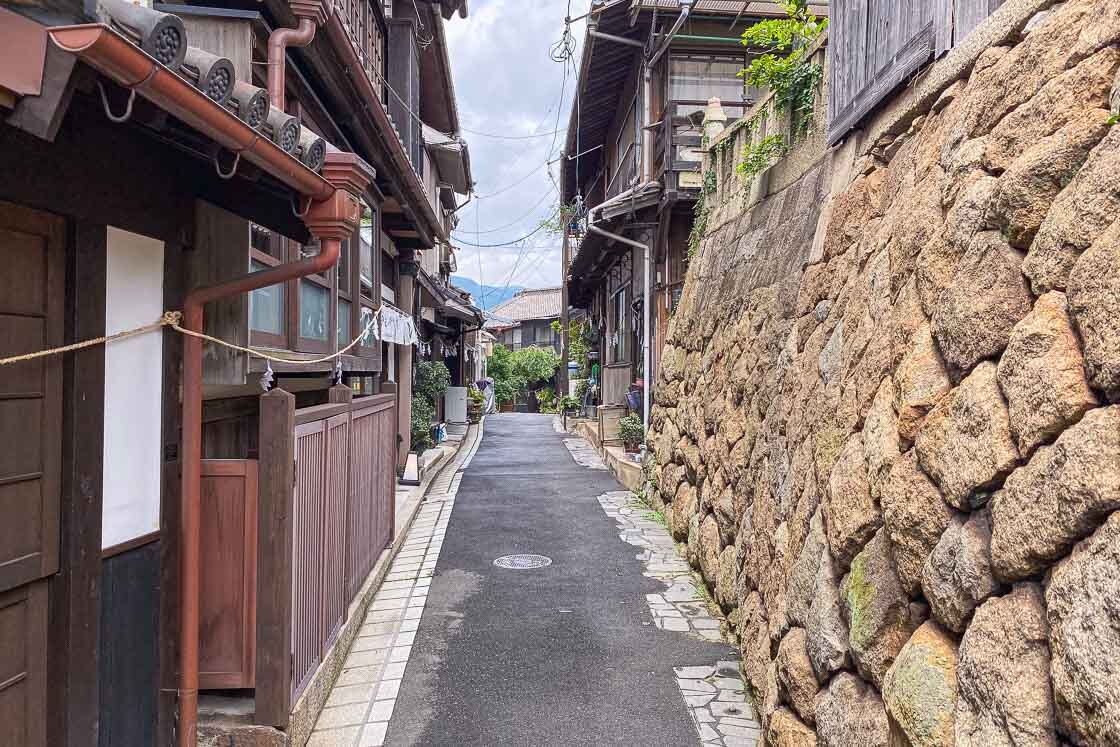
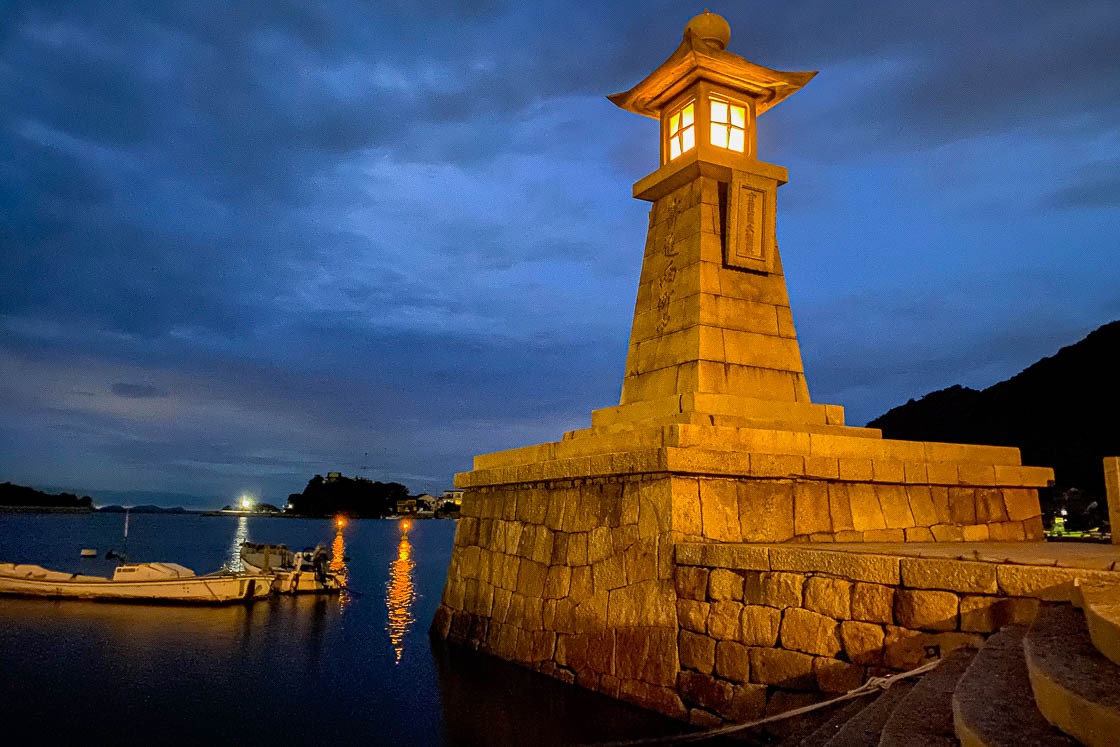
Day 1: Port town
Tomonoura was a major port on the Seto Inland Sea and a stop along the major trade route, which connected Hokkaido with Osaka. Its location is approximately in the middle of the span of the Seto Inland Sea, where two tidal streams meet. This information is important, as in the time before engines were invented, ships relied on tides to move, and Tomonoura was where ships waited for the tides to change. Over the course of time, Tomonoura gained the nickname Shiomachi no Minato - the port of waiting for the tides.
Tomonoura is the only port town in Japan where historical port elements from the 1800s, during the early-modern period, can be seen: a stone lantern, a stair-like boat landing area, a breakwater, a ship maintenance dock and a coast guard station. The joyato stone lantern is a symbol of Tomonoura, and it is also one of the tallest lanterns from the mid 19th century.
Not only did ships dock at the port, it was where people networked and goods were traded, creating a lively atmosphere. Traditional merchant shophouses or machiya can still be seen around the port area as well as in the town center. Today, the once-lively port is a picture of tranquility and serenity.
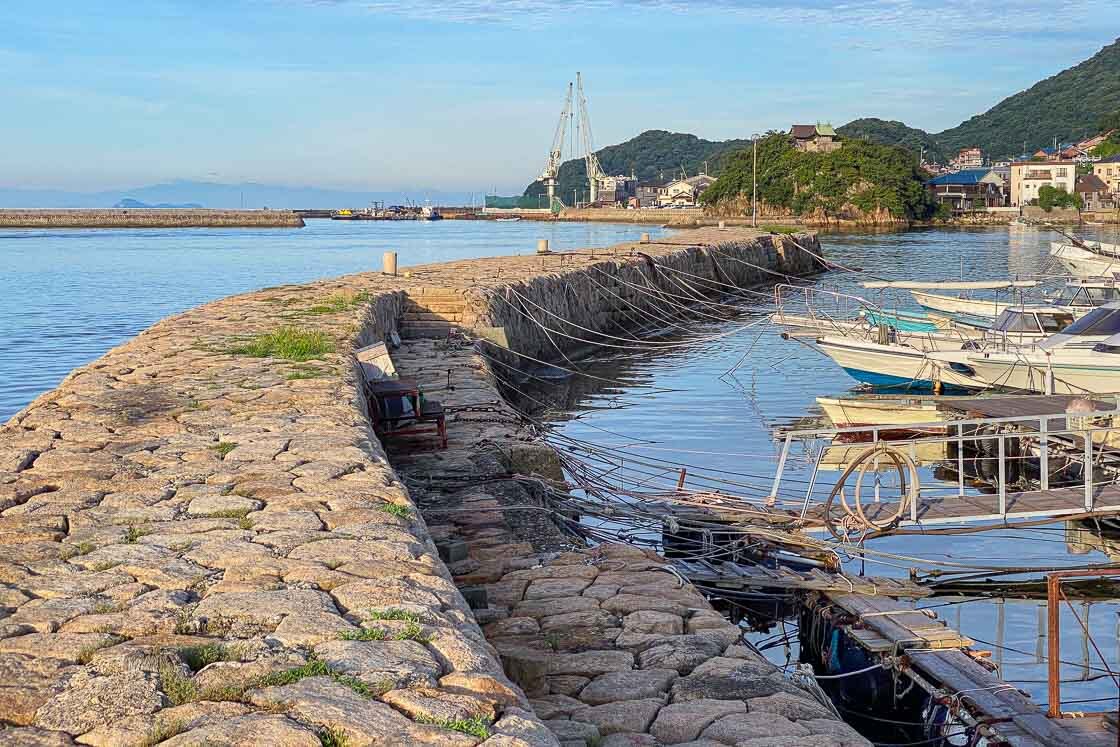

Located right by the port is the Ota Residence, a traditional machiya and one of the oldest surviving buildings, dating to the 18th century. The original owners of the residence once held the monopoly on producing homeishu, a medicinal liquor and one of the local specialties of Tomonoura. Visitors can enter the property and see the buildings and warehouses on site - an indication of how wealthy the family was.

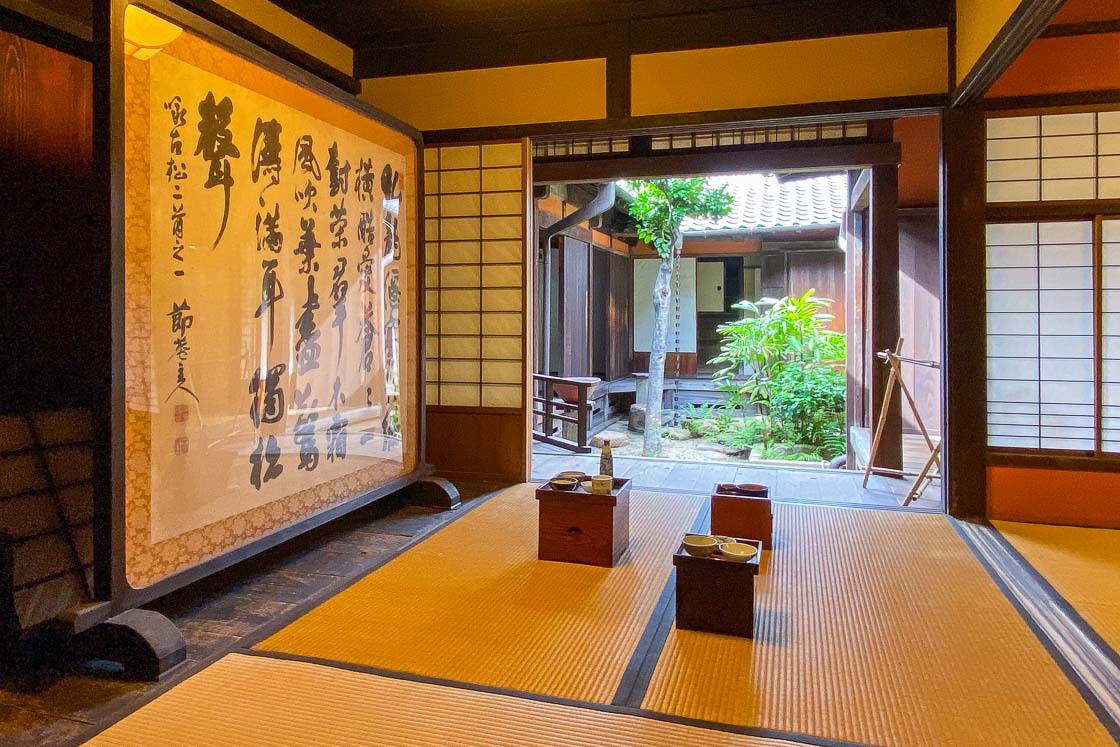
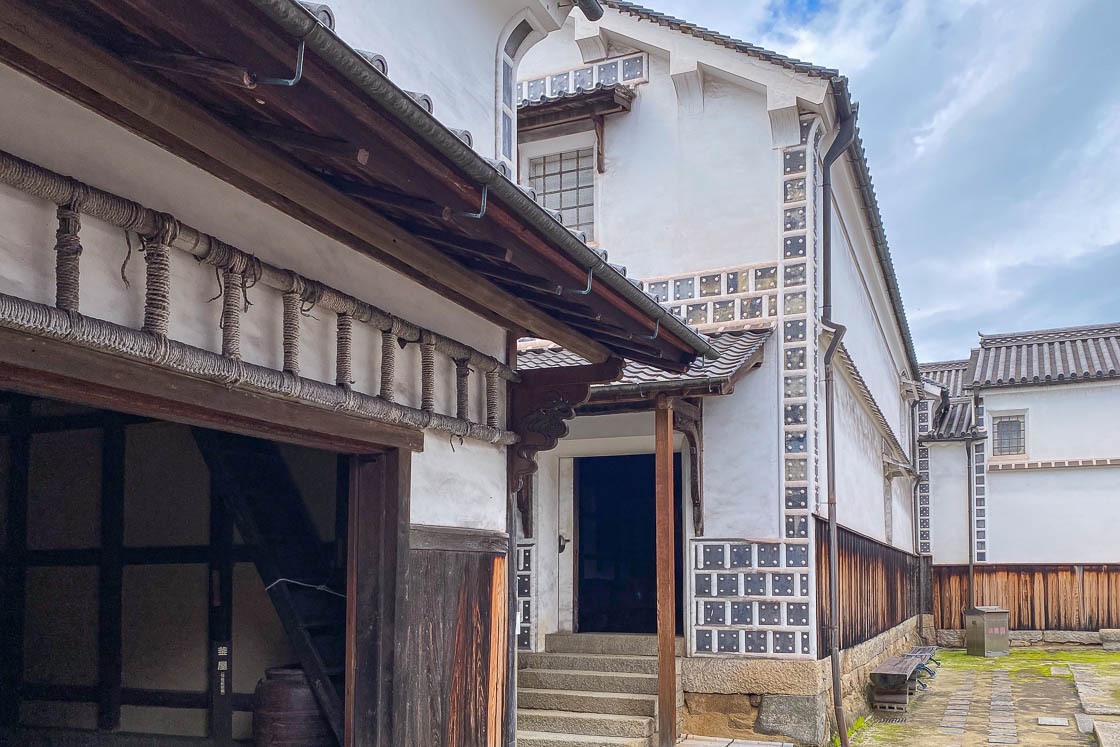
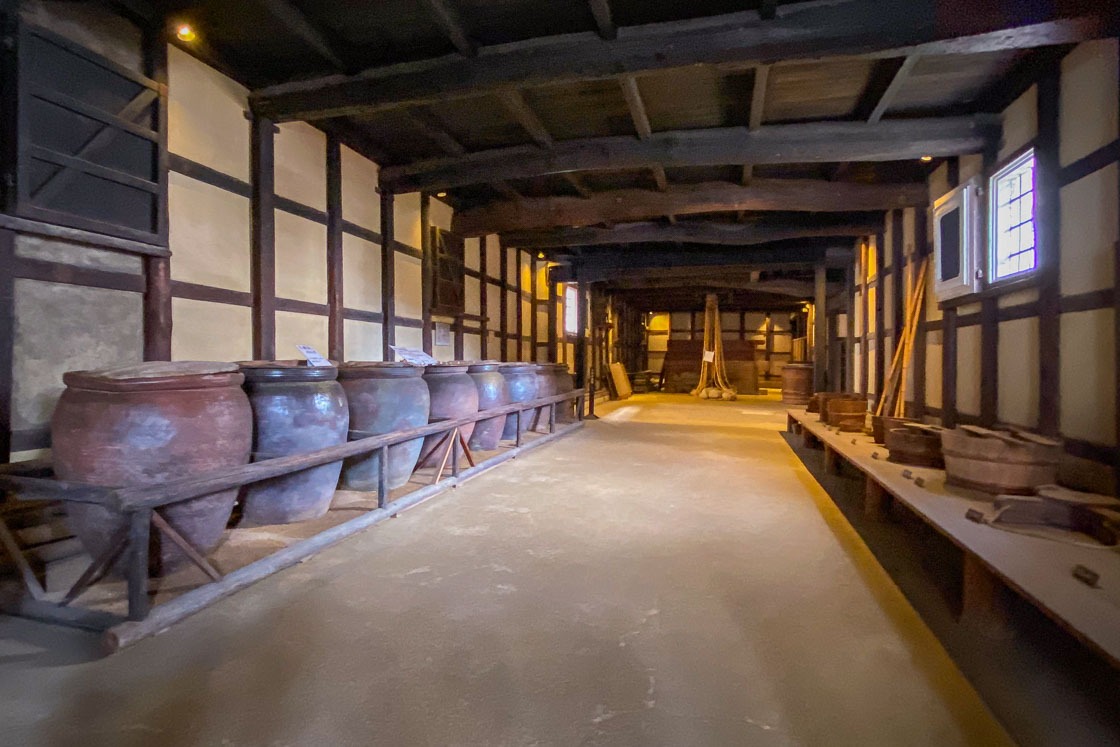
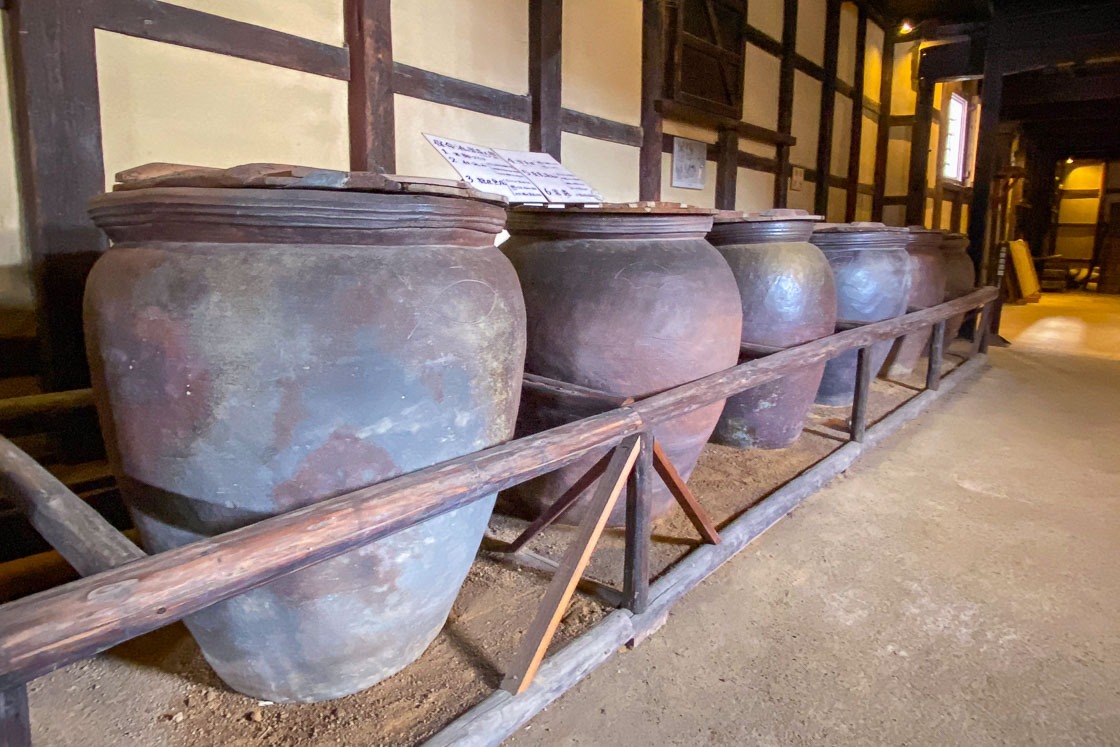
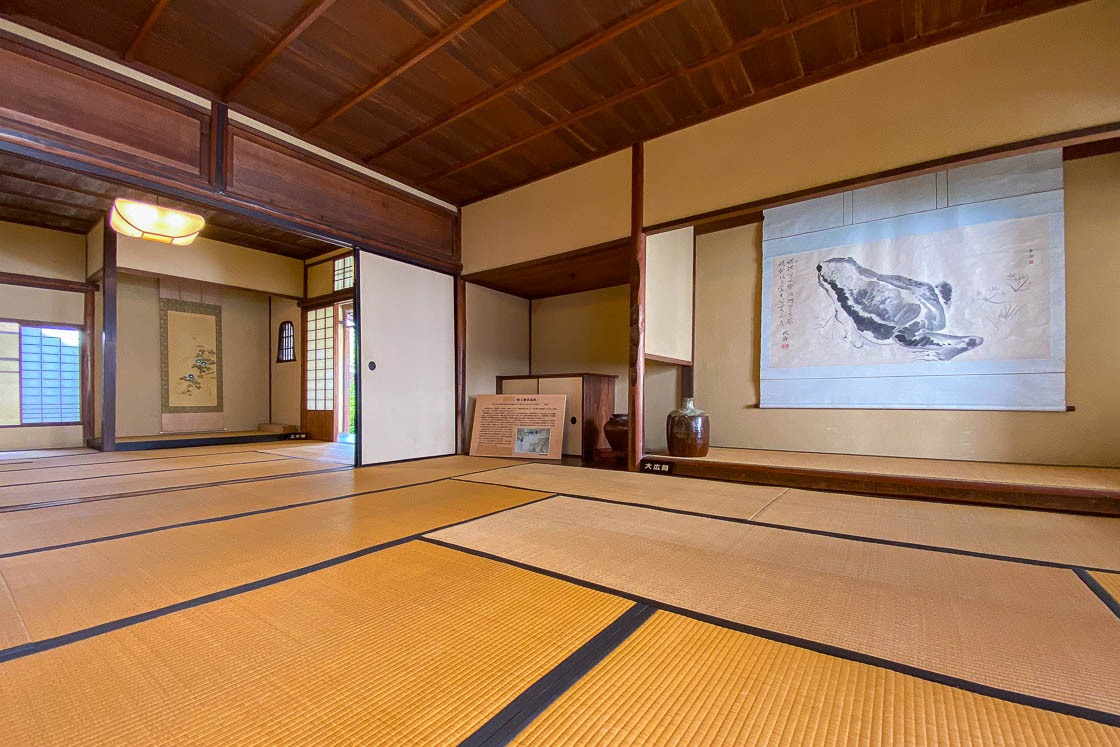
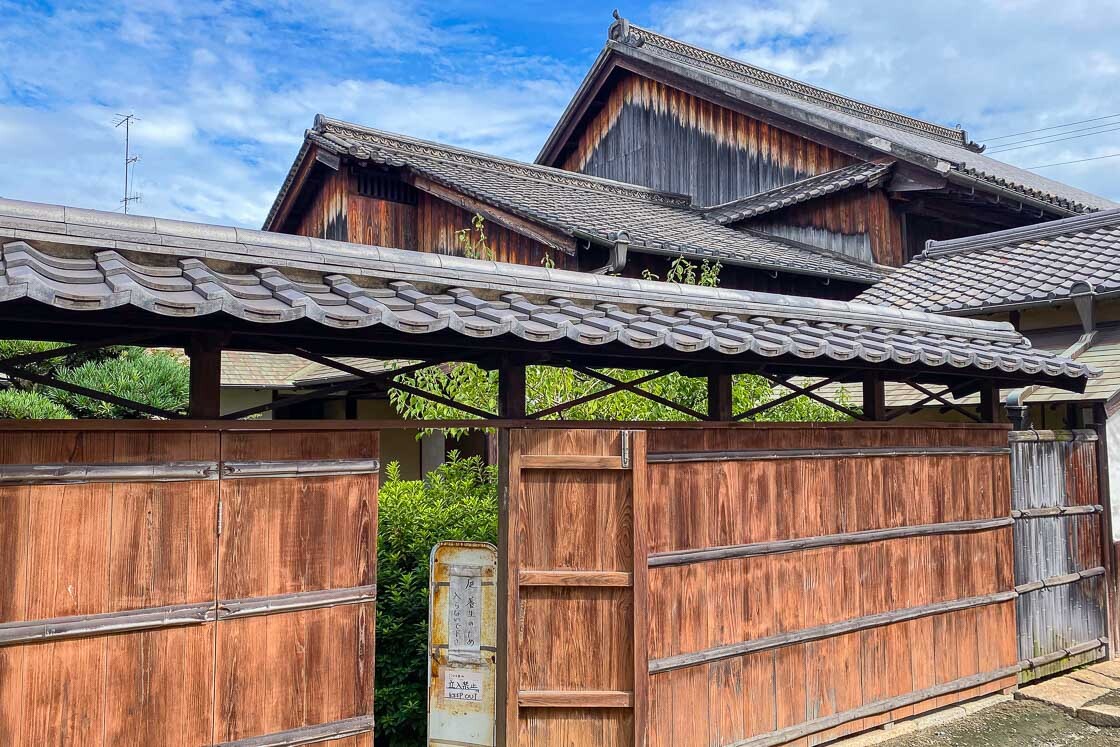
After exploring the port area, I went for a stroll through the town. The narrow streets of Tomonoura have not changed much over the centuries, and I felt a retro atmosphere as I strolled through. Some of the old merchant residences have been repurposed to be restaurants, souvenir shops and lodging facilities.
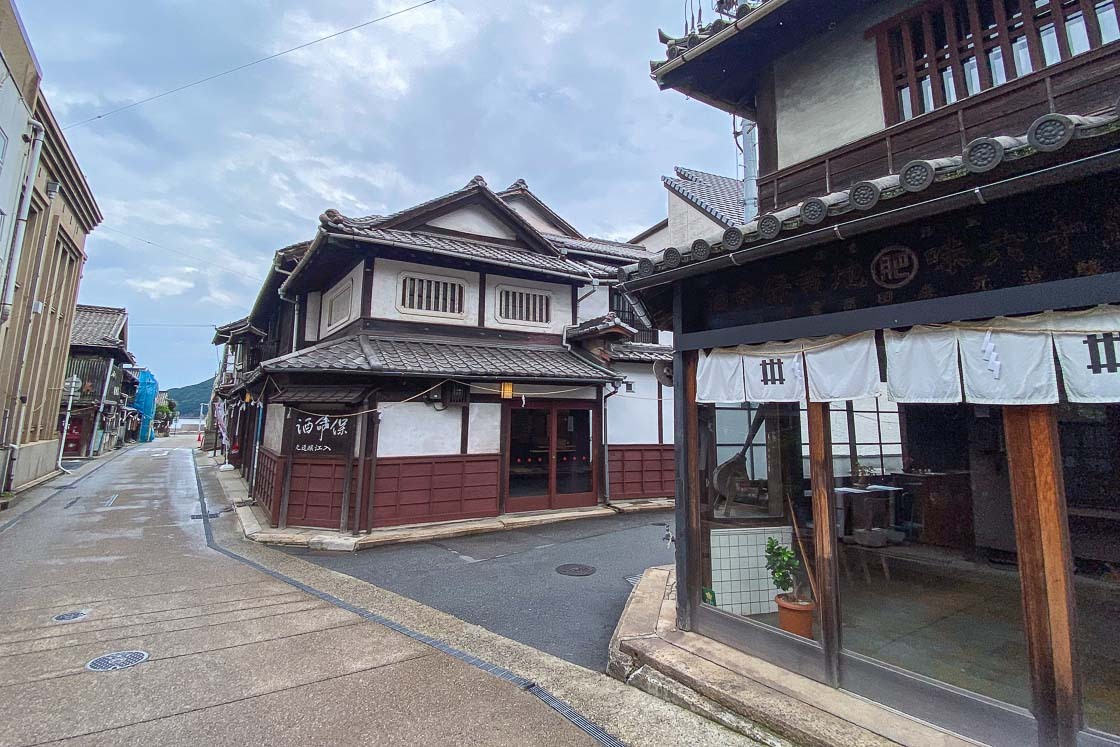
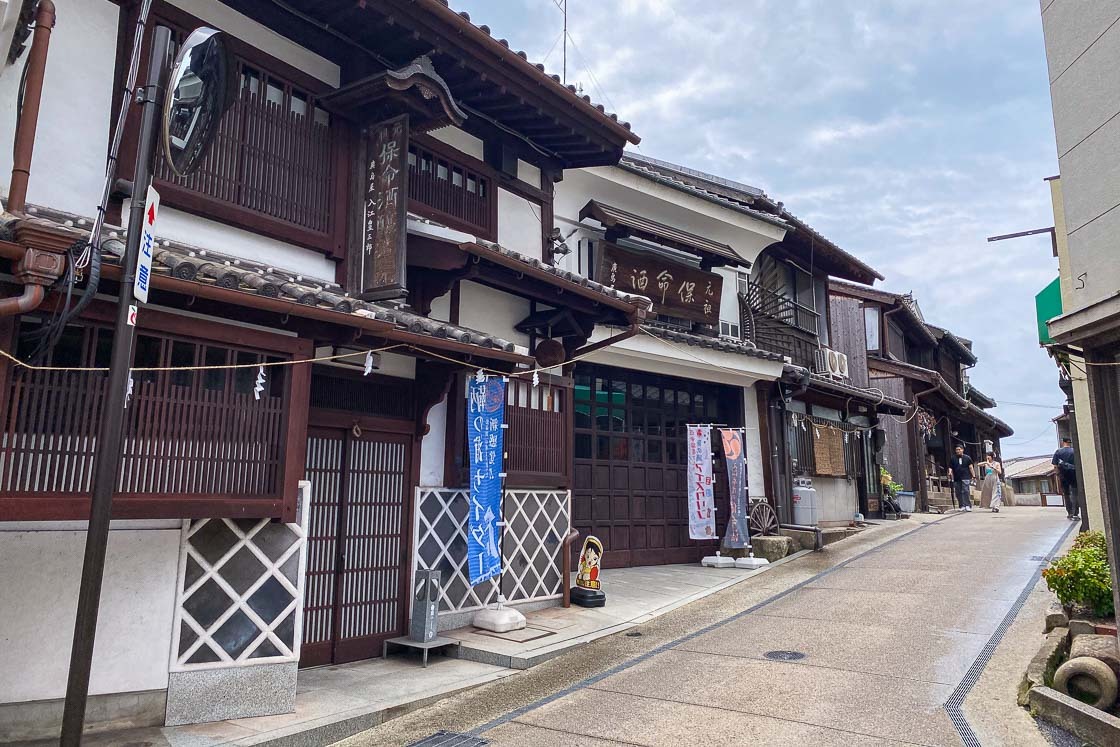
Shiomachi Hotel, my accommodation for the night is a boutique hotel made up of four renovated merchant residences. There are a total of ten rooms spread across the four properties, and they are all within walking distance of each other. Each residence has their distinct characteristics in that the original architecture and designs have been retained. Staying in a traditional residence that has been outfitted with modern conveniences allows guests to experience both old and new.
What is interesting about Shiomachi Hotel is the dining styles and meal plans are specific to the type of residence booked. One property offers Japanese-fusion innovative cuisine, two others offer a Japanese-style multi course kaiseki cuisine, and the last one is a casual in-room dining, in which guests use their in-room kitchen to put the finishing touches on the prepared dishes.
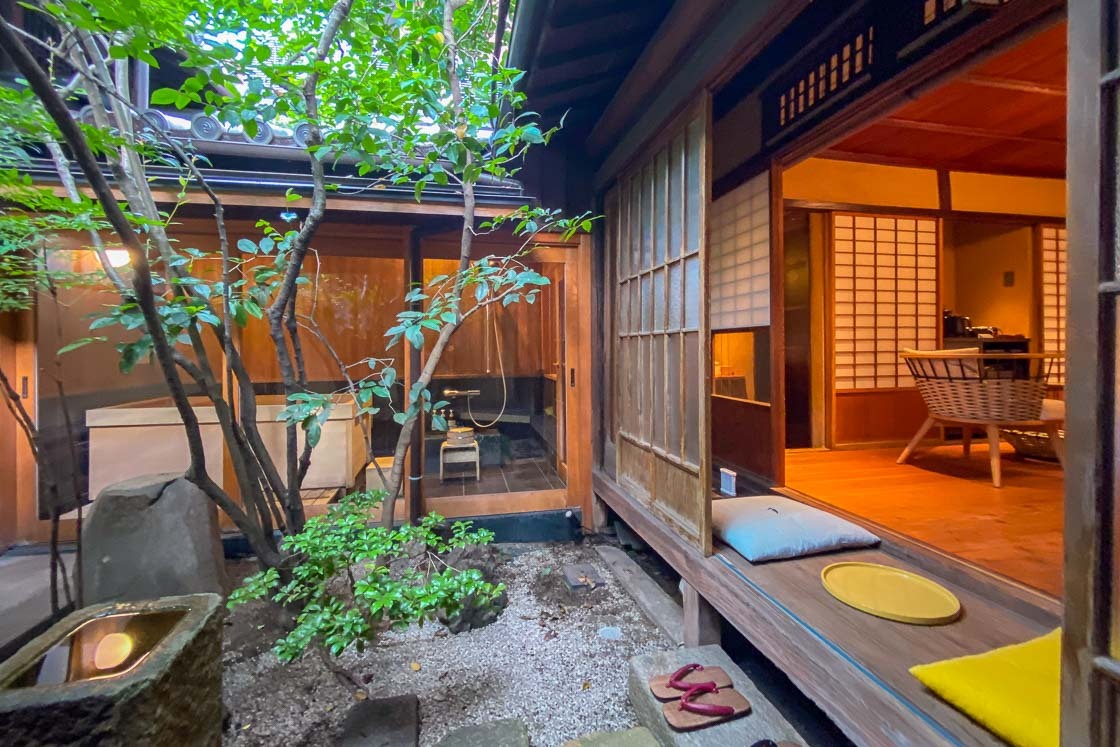
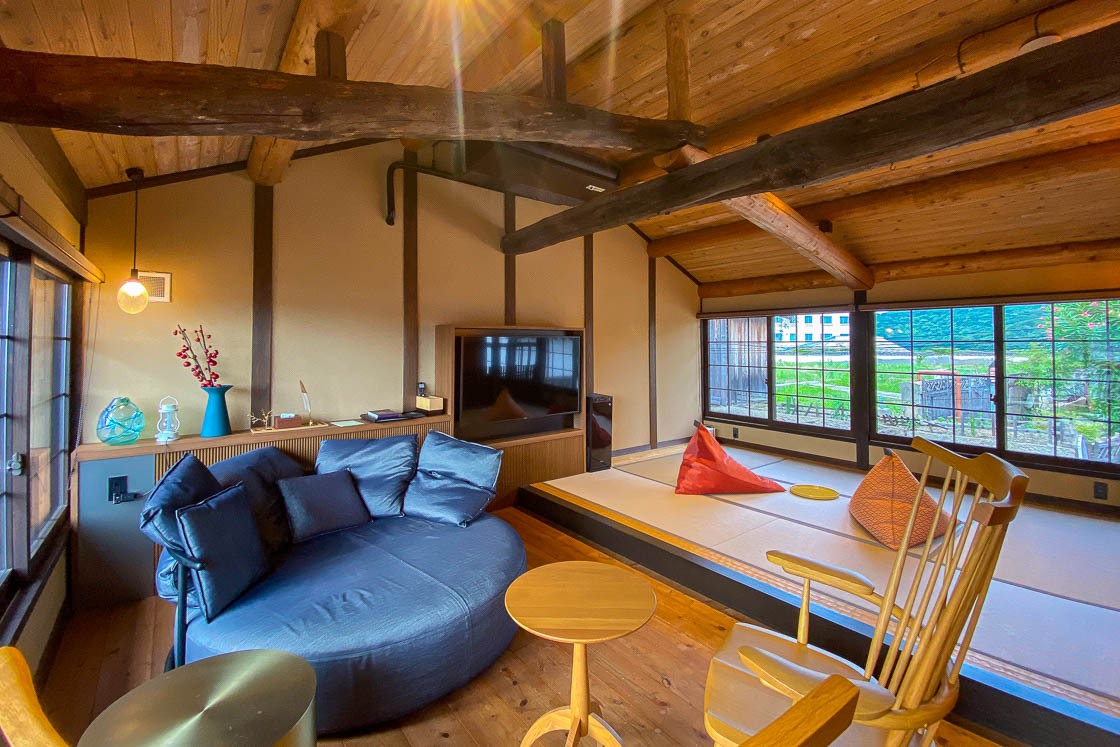
My room plan came with a Japanese-style kaiseki dinner and breakfast, and it was a real treat for me. There was fresh seafood from the Seto Inland Sea, and local and seasonal vegetables, all prepared to perfection, which showed off the skill of the chef. Not only that, the drinks menu also contained local beverages like craft beer and juices.
After dinner, I retired to my room to relax. The warm lights made my room feel very inviting and homey, and it was hard to believe I was hundreds of kilometers from home, when I already felt so at home there! Shiomachi Hotel thoroughly impressed me, and I enjoyed my stay so much I wanted to extend it by a few more days.
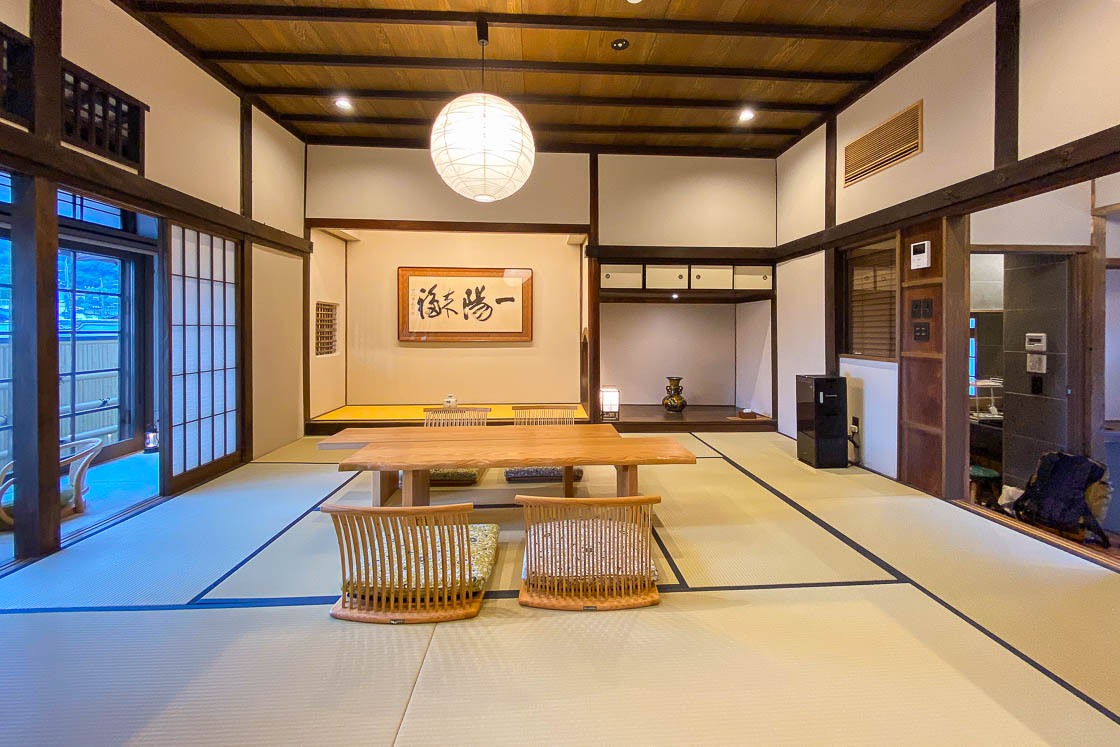
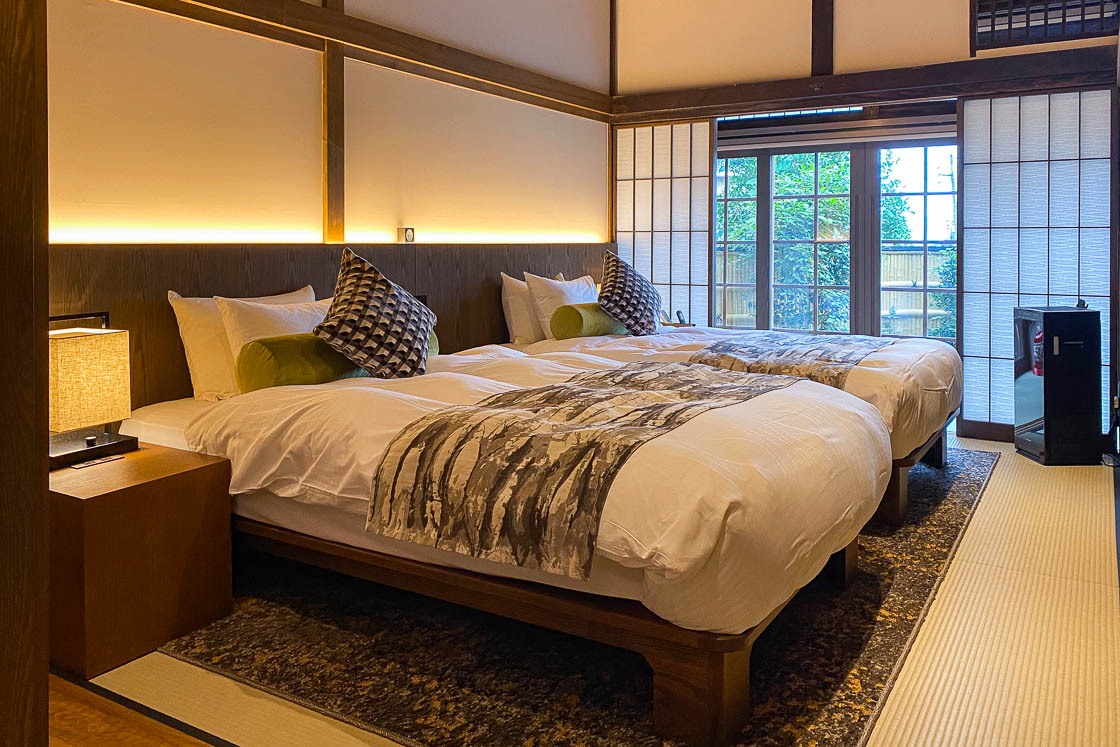
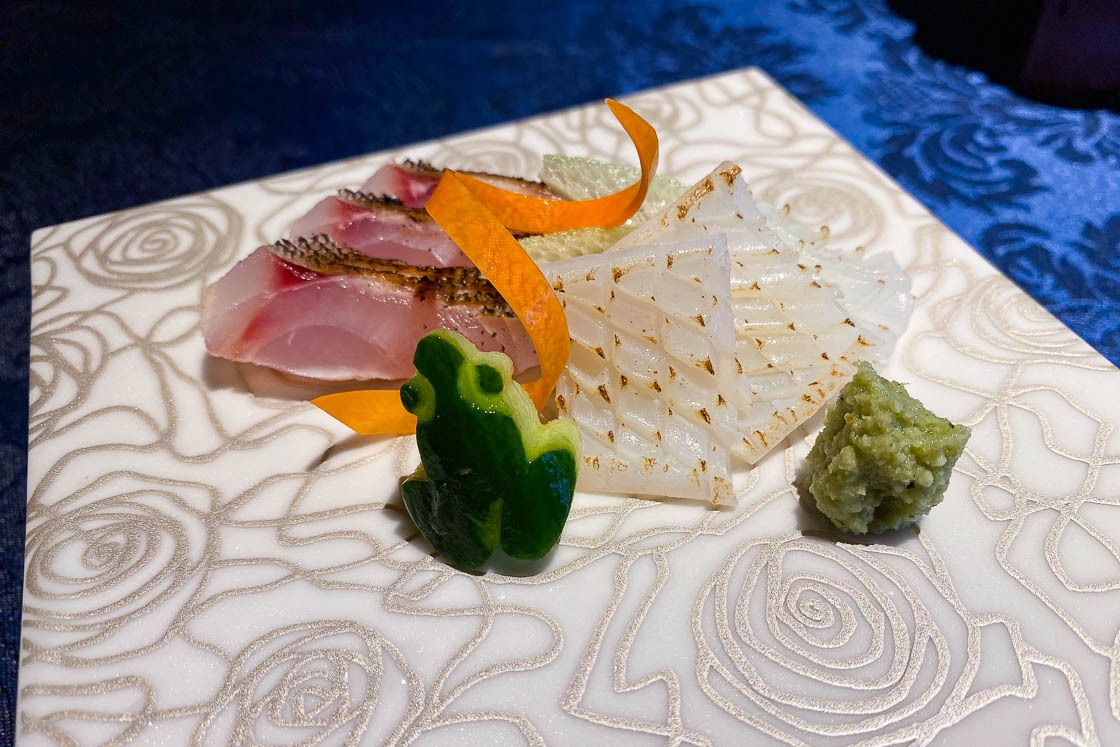


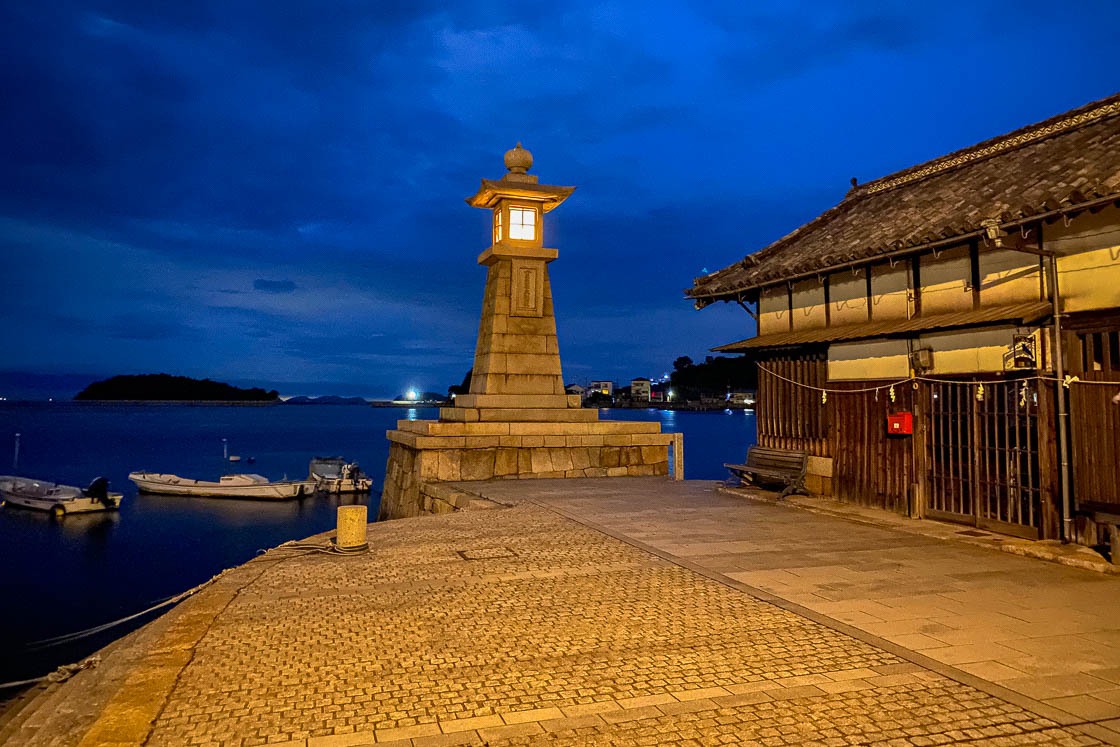
Day 2: Temples and shrines
Breakfast was as satisfying as dinner the night before, and after that, I did my best to enjoy my room as much as possible before I had to check out.
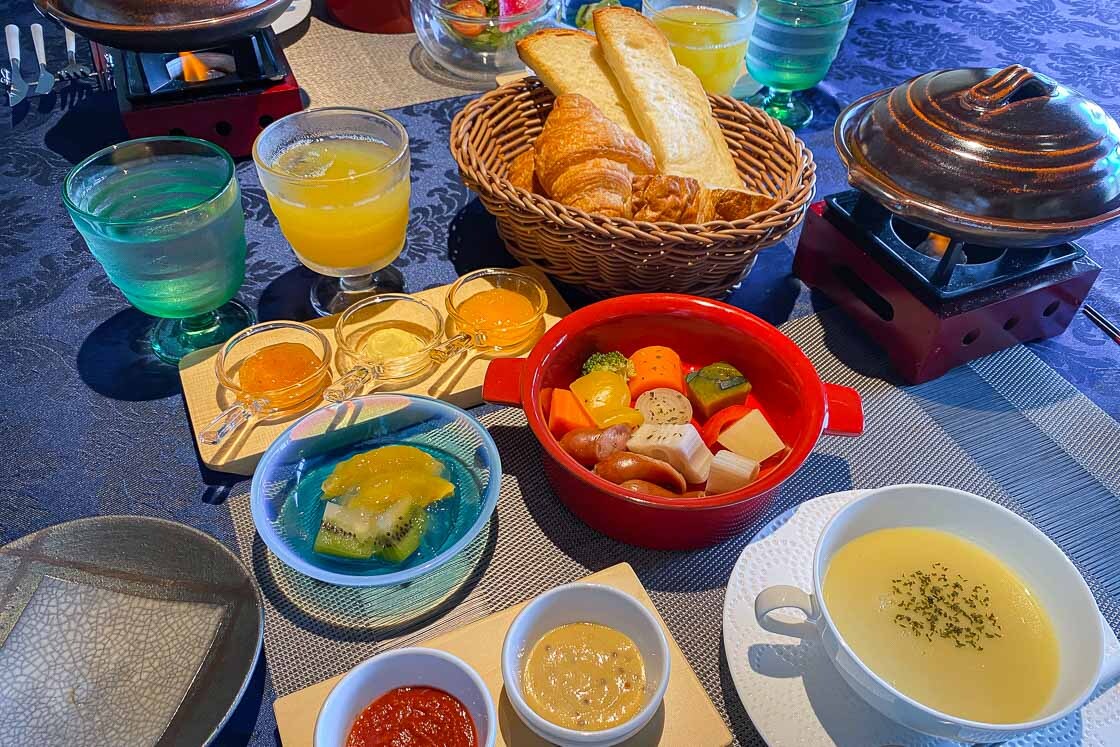

As I learned yesterday, Tomonoura was a strategic and major port that grew prosperous with shipping trade. Many historic temples and shrines were built in the town, and my plan was to visit some of them on my second day.
A stone's throw from my accommodation is Fukuzenji Temple, which is said to be the oldest temple in Tomonoura, dating back to the mid 10th century. Its reception hall was constructed in the 17th century for the purpose of entertaining guests, and its elevated position along the coast allowed guests to get a nice view of the sea.
In 1711, emissaries from the Korean Peninsula declared the view from here to be the best, east of the peninsula. A handwritten plaque in the reception hall commemorates the emissaries' statement, and I took in the view from under the plaque. In addition to the view from the reception hall, I found it interesting that the building was also constructed like an almanac to tell the equinoxes and solstices!
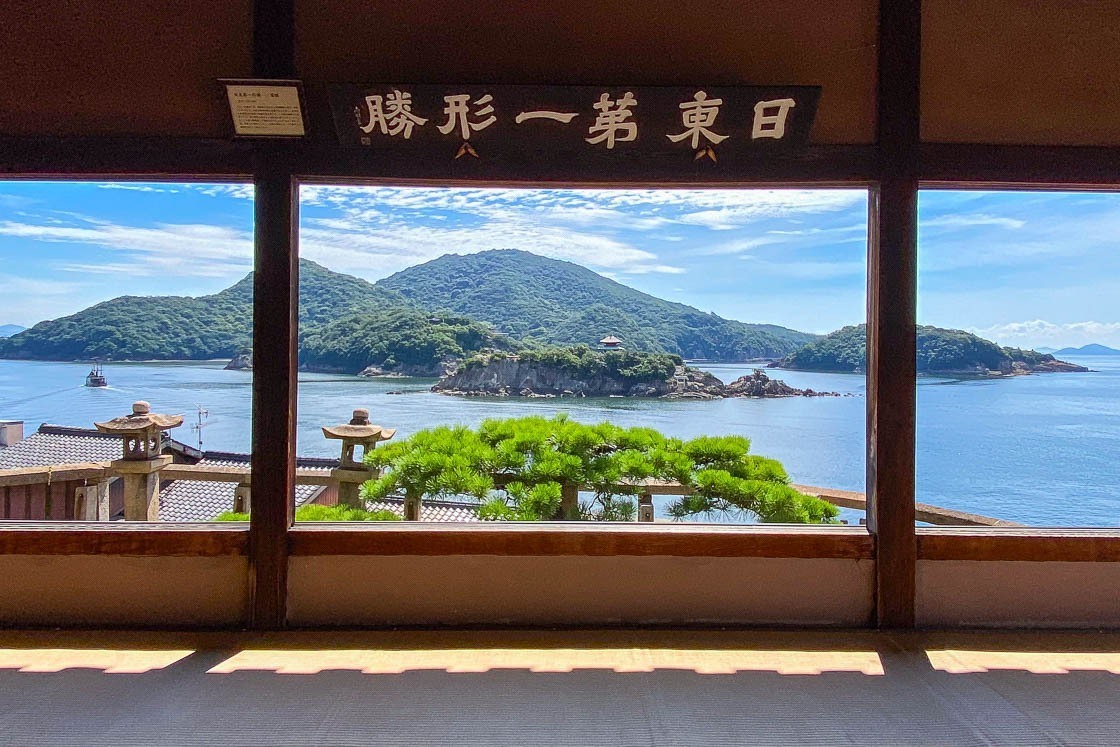
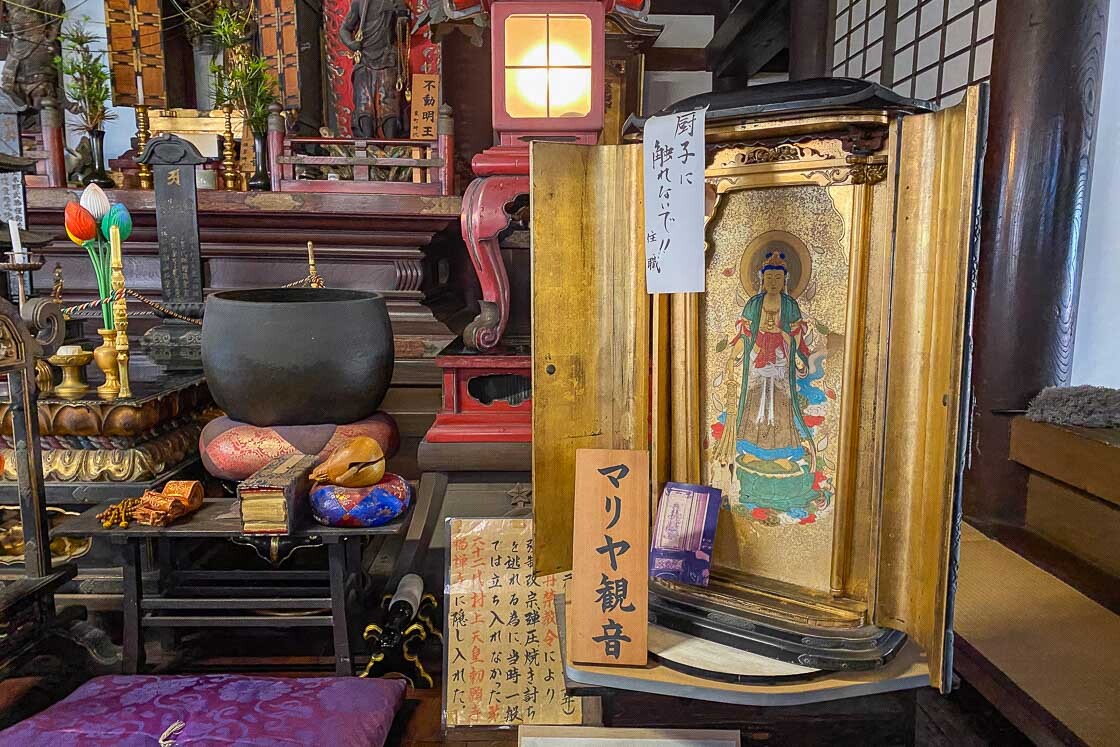
From Fukuzenji, I made my way uphill to Ioji Temple that is said to have been established by Kobo Daishi, the founder of Shingon Buddhism and one of Japan's most important religious figures. I met the temple's priest, who spoke about experiencing the passing of time in Tomonoura - a conversation I found to be spiritual despite us talking about time and the weather.
Farther up from the main temple building is another building located about 10 to 15 minutes up the mountain. A trail made by the priest's grandfather takes one up to the upper building, from where nice views of Tomonoura can be had from an observation deck. The island of Shikoku can also be seen, specifically the area where Kobo Daishi was born. I was told that a pagoda located on Kobo Daishi's birth place could be seen as well in the past, but I was unable to make it out.
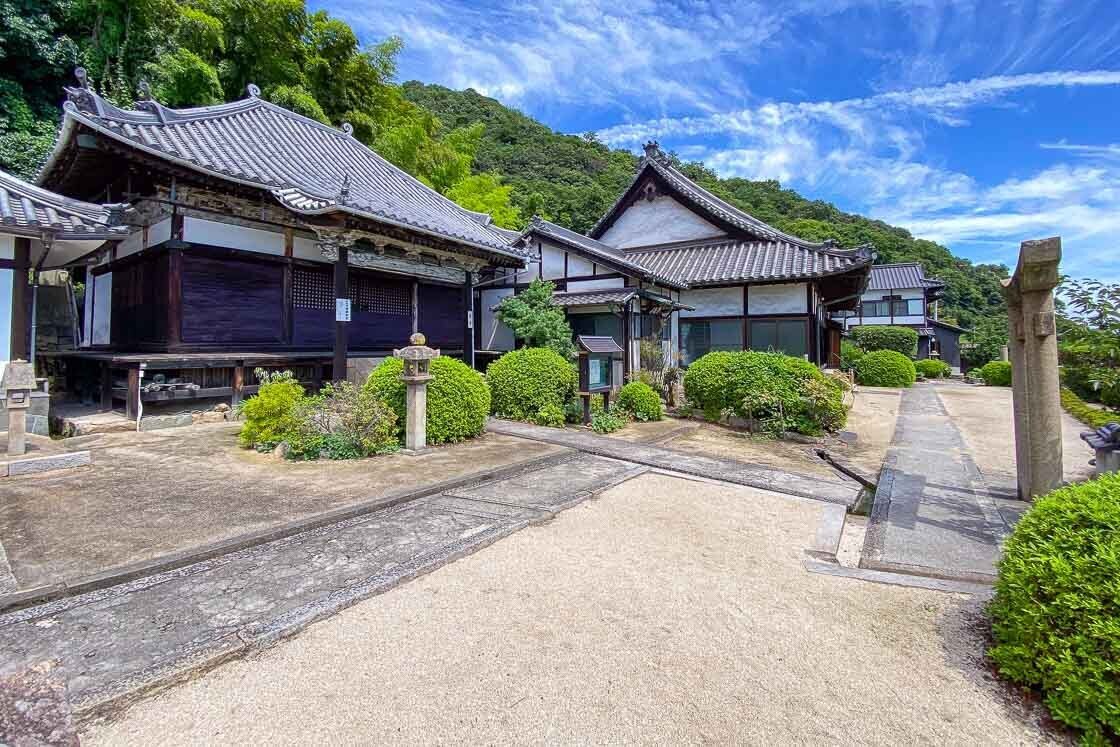
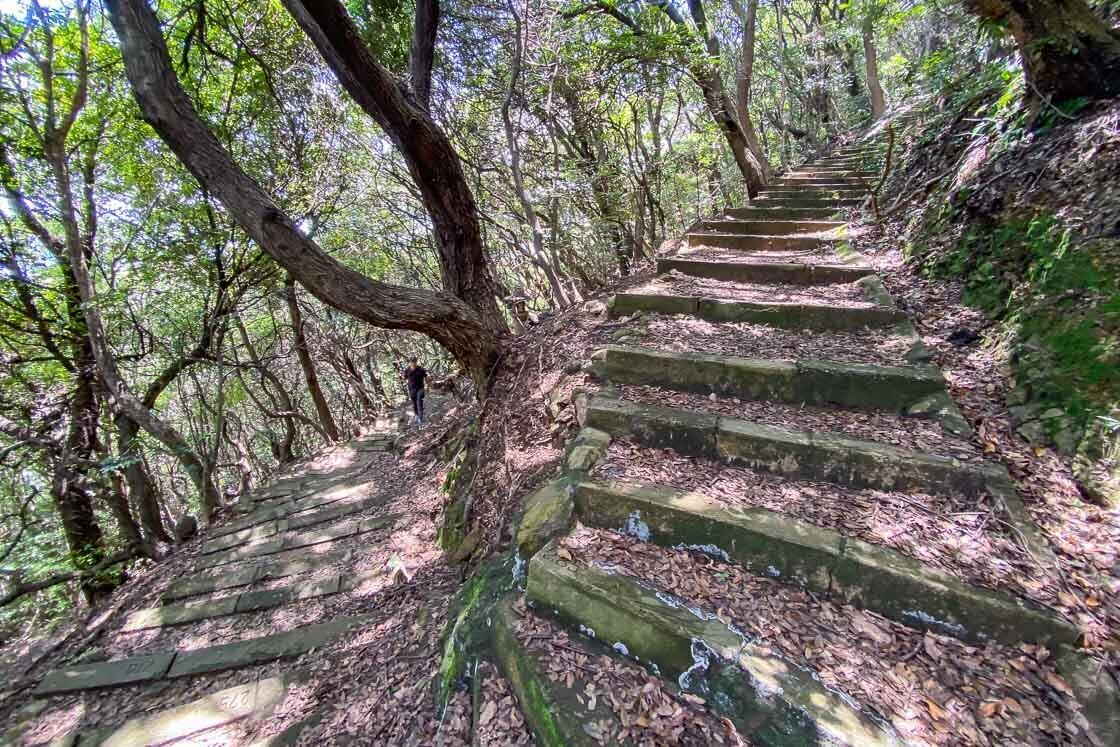

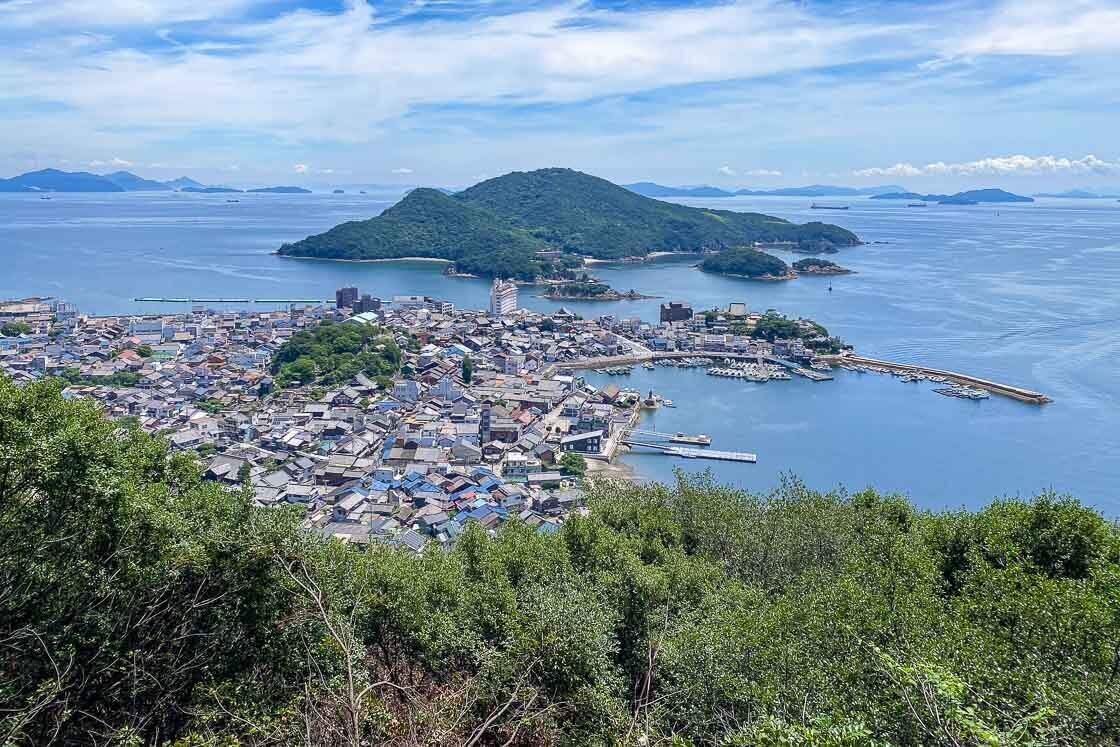
After that nice visit to Ioji, I made my way back to the town center and headed to Nunakuma Shrine. Consisting of a main hall, auxiliary shrine buildings and a Noh stage, Nunakuma Shrine is where locals go to pray for maritime safety, a bountiful catch, family prosperity and good health.
Of interest is the mobile Noh stage, which was anchored at Nunakuma Shrine in the 17th century. Noh is a traditional Japanese theater art and performances involve music, dance and drama. The stage was originally located at warlord Toyotomi Hideyoshi's castle in Fushimi, Kyoto. It was said that the warlord enjoyed Noh in his later years, and this Noh stage was one of his treasured possessions.
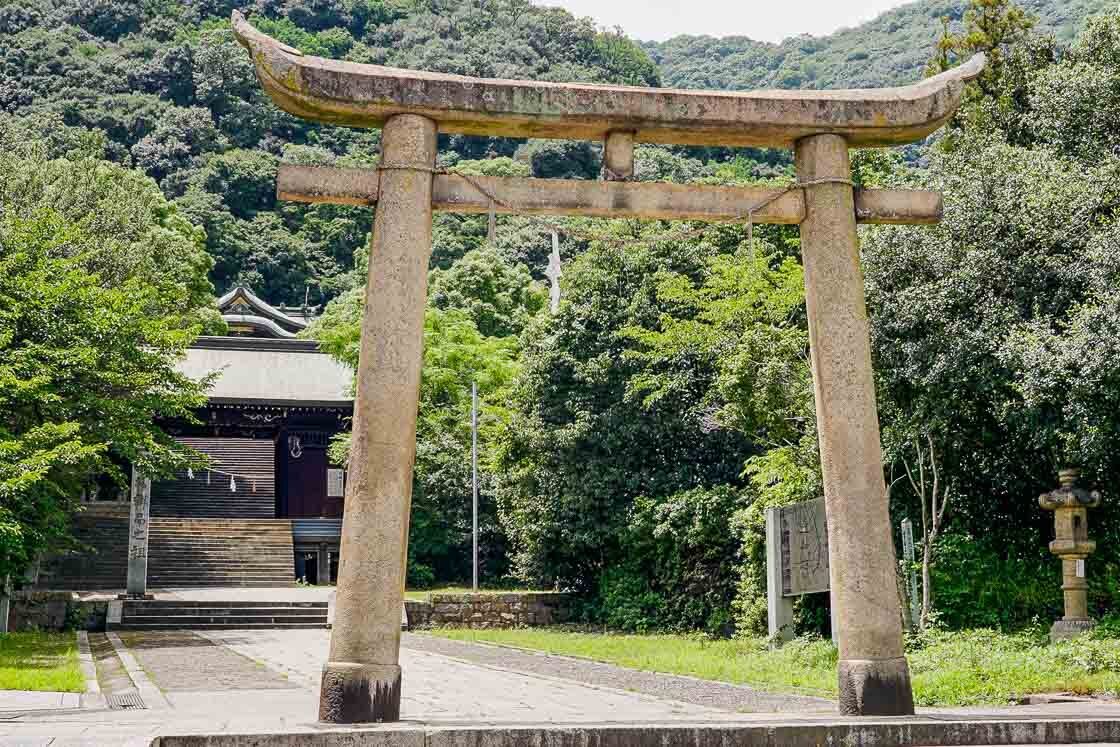
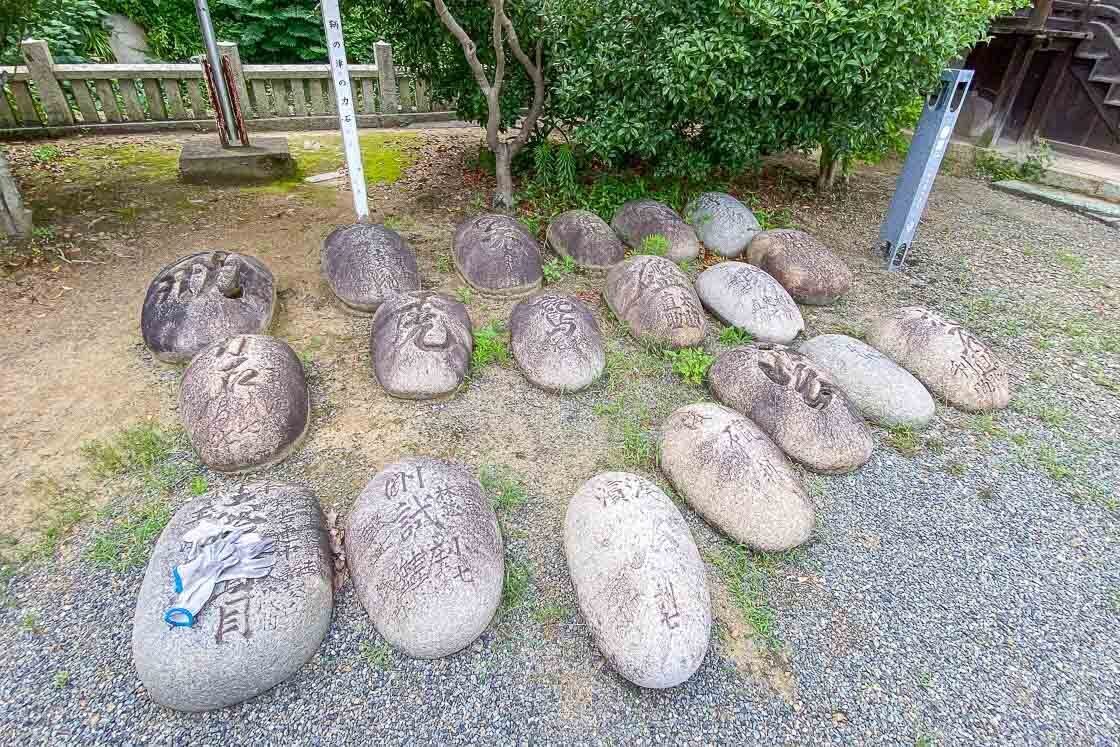
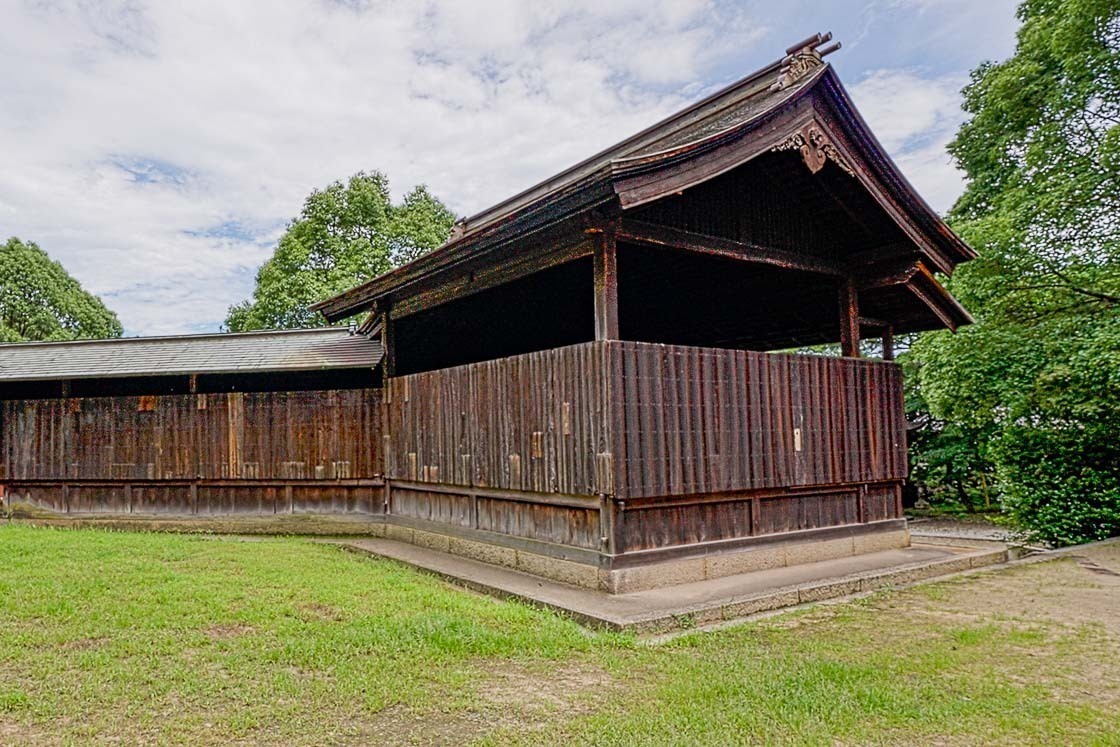
To conclude my time in Tomonoura, I visited Kinugasa, a restaurant serving the local specialty of taimeshi also known as sea bream rice. Taimeshi was part of my dinner at Shiomachi Hotel, and this was a good opportunity to try the versions available at the local restaurants.
I ordered the taimeshi set, and it came with a bowl of sea bream rice and several side dishes including tempura and sashimi. A taimeshi chazuke set - pouring hot sea bream broth over taimeshi - is also available, which I'm sure would be very comforting in the colder months. Both taimeshi experiences at Kinugasa and Shiomachi Hotel were different, but overall, it was clear that I enjoyed taimeshi.
It was time to take the bus out of Tomonoura after lunch, and I know where I want to stay and do the next time I go back.
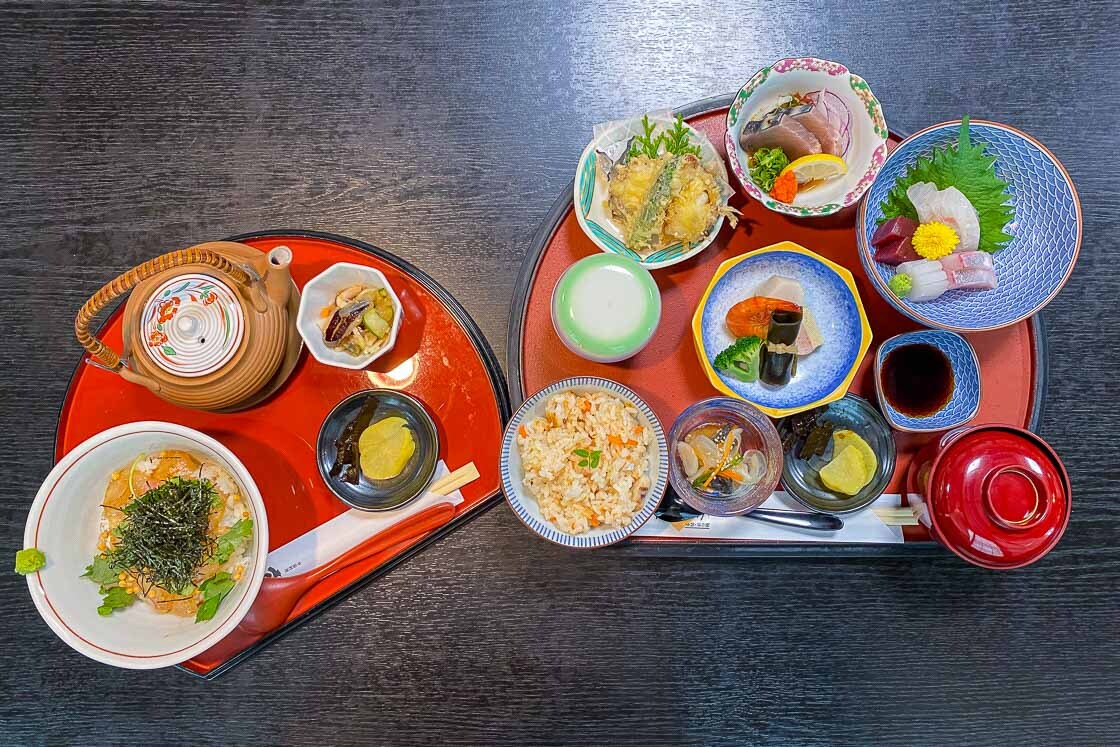

Access
The closest shinkansen station to Tomonoura is Fukuyama along the Sanyo Shinkansen. From Fukuyama Station, take a direct bus bound for Tomo Port from stop number 5. There are 2-3 departures per hour. The bus stops at Tomonoura (30 minutes, 530 yen one way), which is convenient for strolling through the town, and at Tomo Port (32 minutes, 560 yen one way), the terminal stop which is in the port area.
Tomonoura is compact and highly walkable. All the spots visited in this itinerary are 5-15 minutes apart on foot.
Check-in for guests staying at Shiomachi Hotel is processed at Hotel Ofutei, their sister hotel not far from the Tomonoura bus stop. A free shuttle service between Fukuyama Station and Tomonoura (Hotel Ofutei) is available for guests of Shiomachi Hotel. Reservations are required, and the shuttle bus timetable is available on the official website.
Discover more
- Japan Heritage - Official website
